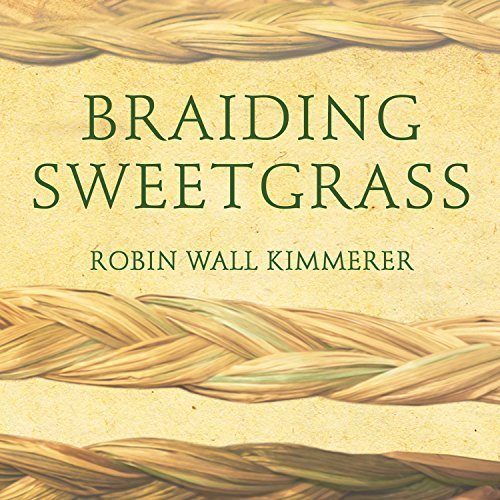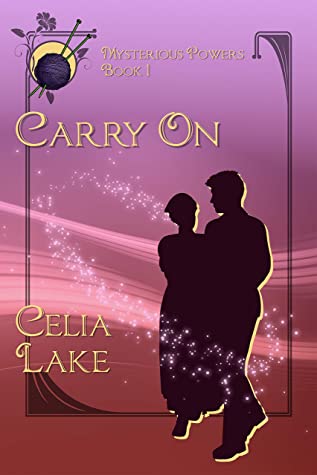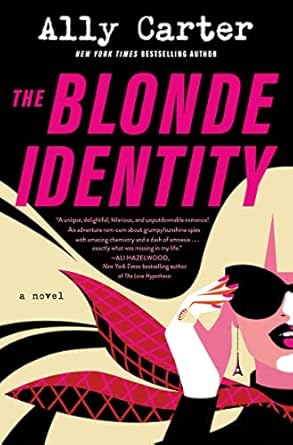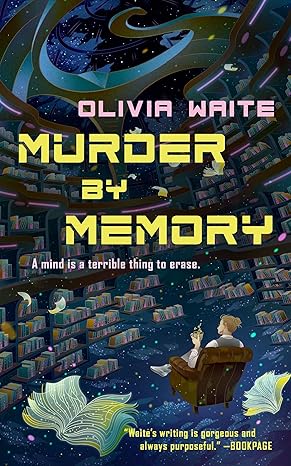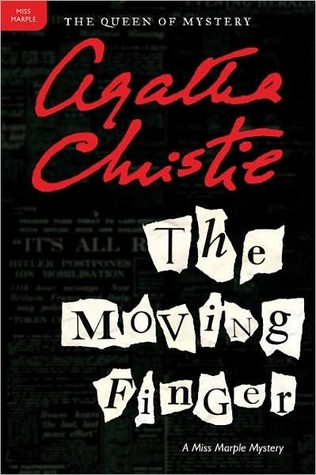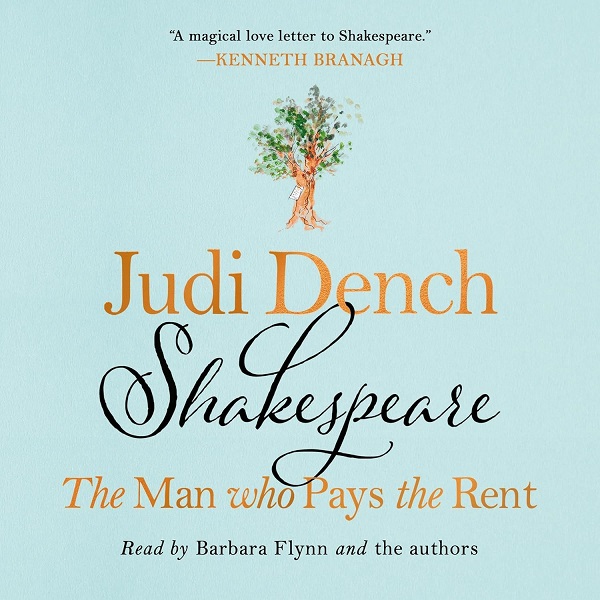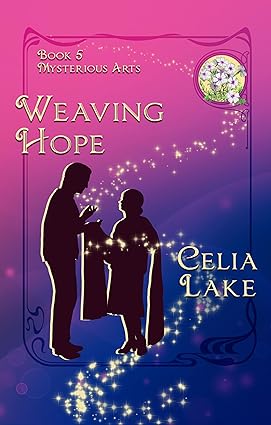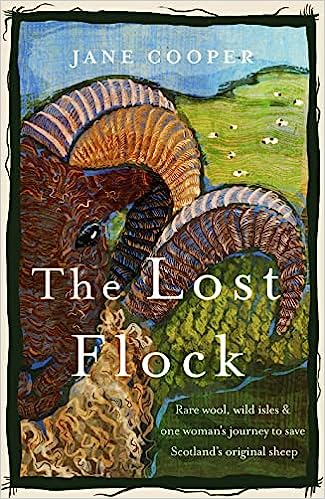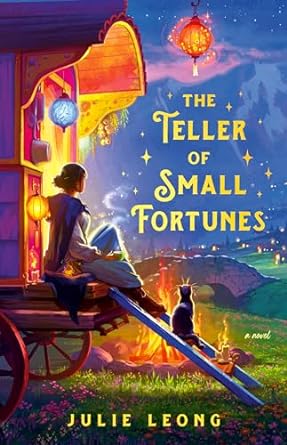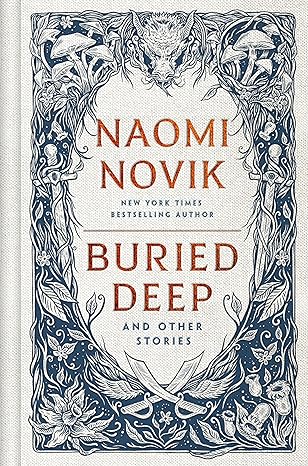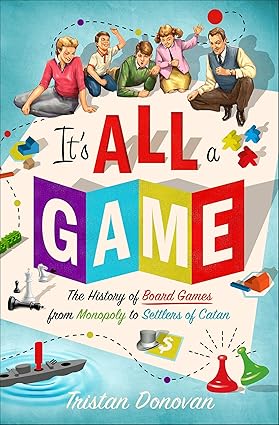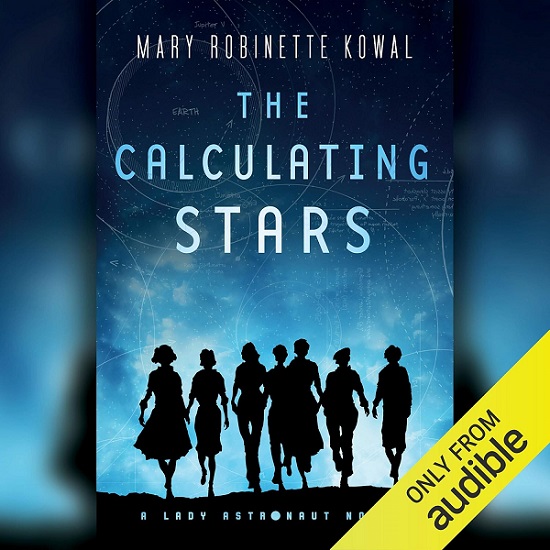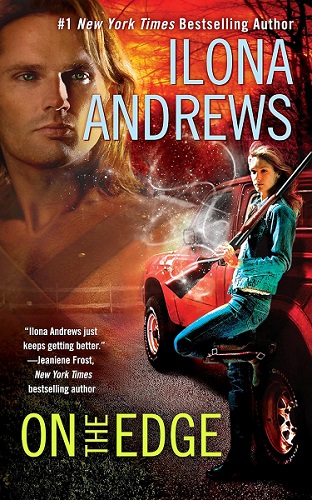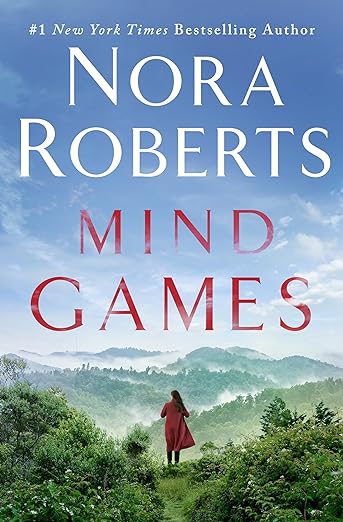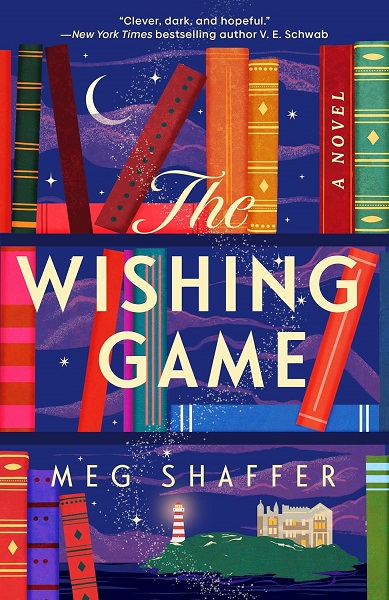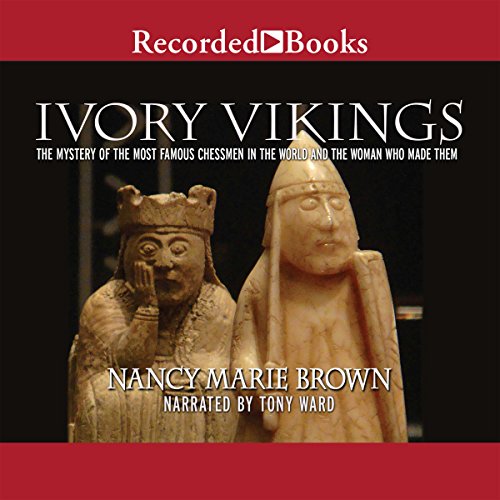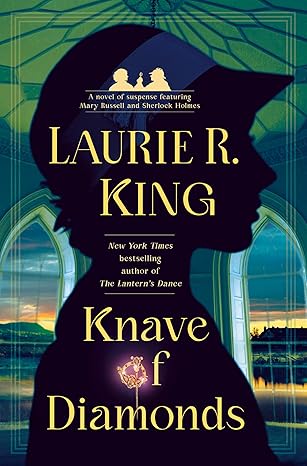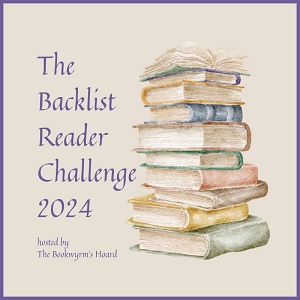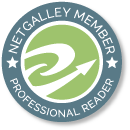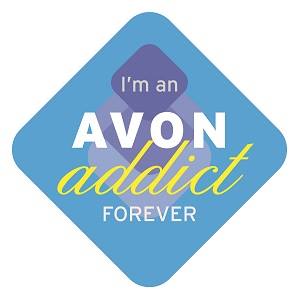Publisher’s description:
“Our lives are so filled with junk from the past-from dried up tubes of glue to old grudges-that it’s a wonder we can get up in the morning,” exclaims motivator, best-selling author, columnist, and life coach Gail Blanke.
“If you want to grow, you gotta let go,” is Blanke’s mantra; and that means eliminating all the clutter-physical and emotional-that holds you back, weighs you down, or just makes you feel bad about yourself.
In THROW OUT FIFTY THINGS she takes us through each room of the house-from the attic to the garage-and even to the far reaches of our minds. Through poignant and humorous stories, she inspires us to get rid of the “life plaque” we’ve allowed to build-up there.
- That junk drawer (you know that drawer) in the kitchen? Empty it!
- Those old regrets? Throw ’em out!
- That make-up from your “old” look? Toss it!
- That relationship that depresses you? Dump it!
Once you’ve hit fifty-you’ll be surprised how easy it is to get there-and once you’ve thrown out that too-tight belt and too-small view of yourself, you’ll be ready to step out into the clearing and into the next, and greatest, segment of your life.
My thoughts:
Like many apparently disorganized people, I’ve read more than a few books on decluttering and organization. Some have been mildly helpful, but a lot of them… well, they make unreasonable claims about what I should get rid of, and/or they try to impose their own organizational system on me, which rarely works. (I’m really good at creating organizational systems of my own. What I’m not always good at is sticking to them.) Some of these books also make it sound too easy; they don’t deal with the real reasons why I find it hard to let go of things.
So I wasn’t sure what to expect from Throw Out Fifty Things: Clear the Clutter, Find Your Life, but I ended up really liking it. First of all, Blanke doesn’t try to tell you what to get rid of. She makes some suggestions and gives some general guidelines, but they’re flexible. The main ideas (and yes, I’ve come across these before) are don’t keep anything that weighs you down or makes you feel bad about yourself, and don’t keep anything that doesn’t make a positive contribution. There are none of the inflexible rules I’ve found in other books (toss anything you haven’t used in the last year? Seriously?) She also gives practical examples from her own and other people’s experience, and she always takes an upbeat, encouraging tone.
About half the book deals with what you’d expect from a decluttering book: the physical clutter in the house, garage, and office. The second half of the book is entirely about the mental clutter, which makes this book different from the run-of-the-mill decluttering/organization book. But even in this section, she was pointing out mental “clutter” – mental assumptions and thoughts that you could also choose to throw away. Often the physical and mental “stuff” is related. And any mental assumptions you let go of count toward those “fifty things.”
Will this book really make a difference in my house and my life? That of course depends on whether I actually do the things Gail Blanke suggests. But I feel a lot more comfortable with her approach than with many of the other decluttering books I’ve read, which gives me hope. In fact, I’ve ordered my own copy so I can keep working on decluttering my house and my mind even after the book goes back to the library.
Rating: 4 stars
Category: Self-help
Publisher: Springboard Press, 2009
Book source: Public library











